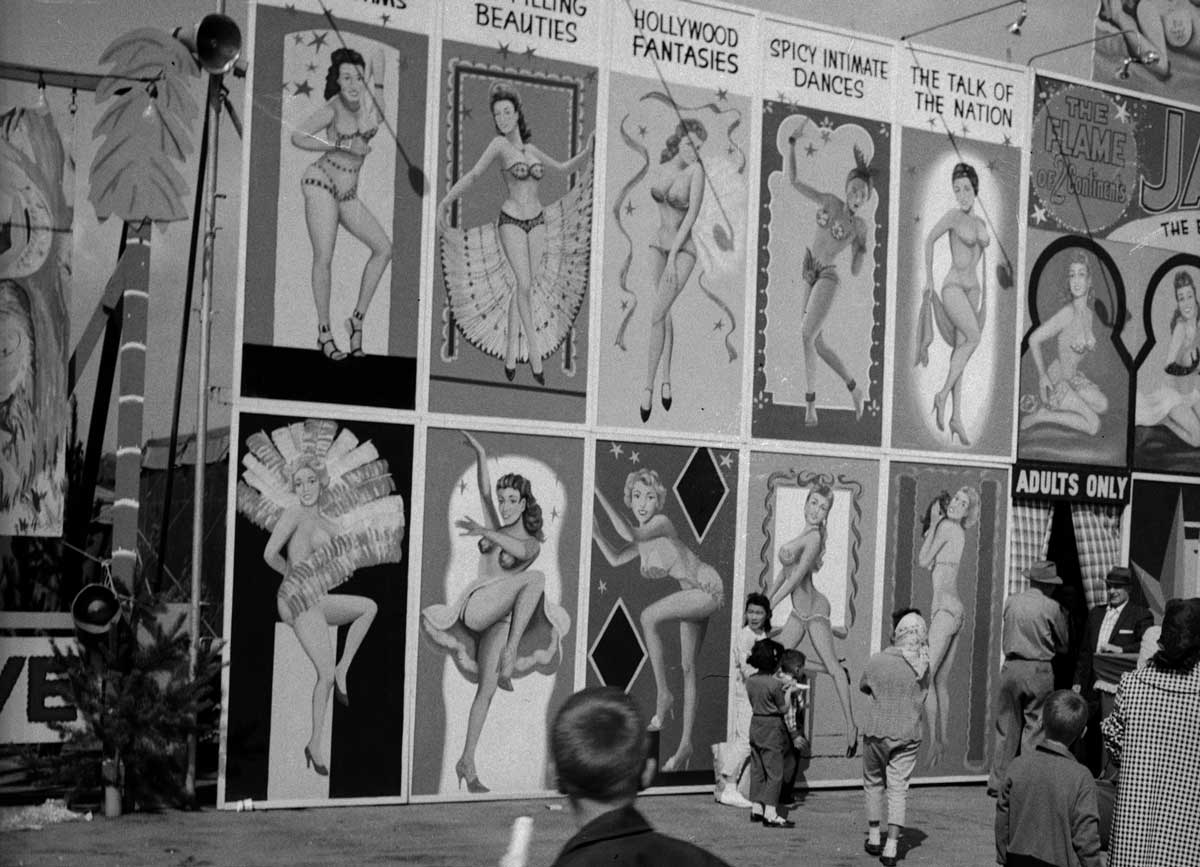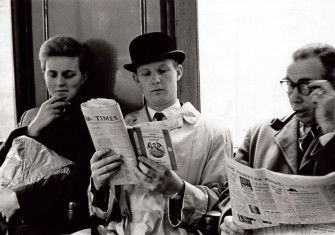Poking Fun
An archive of handmade erotic objects made over two centuries of American history tells a story of hidden desire that has often been overlooked.

According to one of online mythology’s most oft-repeated truisms, if you can conceive of something, there’s porn of it on the internet. To which we might add: if you can imagine something, then someone in history has carved, drawn, painted, etched, handwritten, collaged and sewn it into pornography.
Lisa Z. Sigel’s The People’s Porn attempts the ambitious, unglamorous, but fascinating work of drawing together for the first time an archive of handmade erotic objects made over two centuries of American history. From erotic scrimshaw made by 19th-century sailors to amateur polaroids, it charts a course through the ways in which apparently ‘ordinary’ men and women represented sex in all its variety – cis and trans, straight and queer, in couples or groups, with people or animals and somewhere in between – via prison pornography, pop-up erections, masturbating Santas and feminist embroidery. In doing so, it tells a story of hidden desire that has often been overlooked, one that left me furious about the professional costs of historicising porn studies that the author details in her acknowledgements.
Clearly, it is far from easy to engage with porn seriously. Caught between academic assumptions about what counts as a ‘fit’ research subject and the entrenched positions of the ‘porn wars’ in feminist scholarship, historians of pornography carve out intellectual territory on highly contested ground. And, as Sigel acknowledges, questions of categorisation are by no means clear-cut. Distinctions between ‘porn’ and ‘erotica’ are fraught with assumptions about taste and class, while the objects analysed have variously been categorised as obscenity, folk art, outsider art or realia. Much of it is unbeautiful and much of it is profoundly unsexy.
Added to this are problems of methodology: centuries of censorship, seizures and prudishness have made it near impossible to fully understand the context in which objects were made. If it is hard to pick apart the layers of allusion that made things funny in the past, it is harder still to find the line between a dirty joke and something people might have masturbated to. Perhaps we can safely assume that a pair of oven gloves, adorned with hidden pockets containing a felt erection and a nest of real pubic hair was simply intended to provoke surprised laughter. But a crayon comic strip of a jackhammering President Kennedy drawn in prison in the 1960s – is this political satire or erotic fantasy?
Yet, as Sigel argues persuasively, to ignore these objects distorts the historical record and risks forgetting ‘people as individuals with all of the passions that drove them’. Sigel reminds us that people’s desires ‘were just as dirty, problematic, odd, real, and authentic’ as they are today. It is an important caution against assumptions of past sexual naivety. But it is also a caution against the idea of a lost sexual utopia outside commercial culture: fantasies driven by violence, misogyny and revenge did not begin with the modern porn industry.
The People’s Porn is at its most illuminating when exploring the place of sex in shared cultures of humour and conviviality, showing that pornography was as much about male (and sometimes female) bonding as it was about private fantasy. People made erotic objects to prick pretension, parody patriotism, subvert the sentimental clichés of consumerism and poke fun at desexed images of domesticity. In this ‘robust, noisy vernacular tradition’, a double entendre was never far around the corner.
The People’s Porn: A History of Handmade Pornography in America
Lisa Z. Sigel
Reaktion 280pp £30
Hannah Rose Woods recently completed a PhD on the history of emotions at the University of Cambridge.






